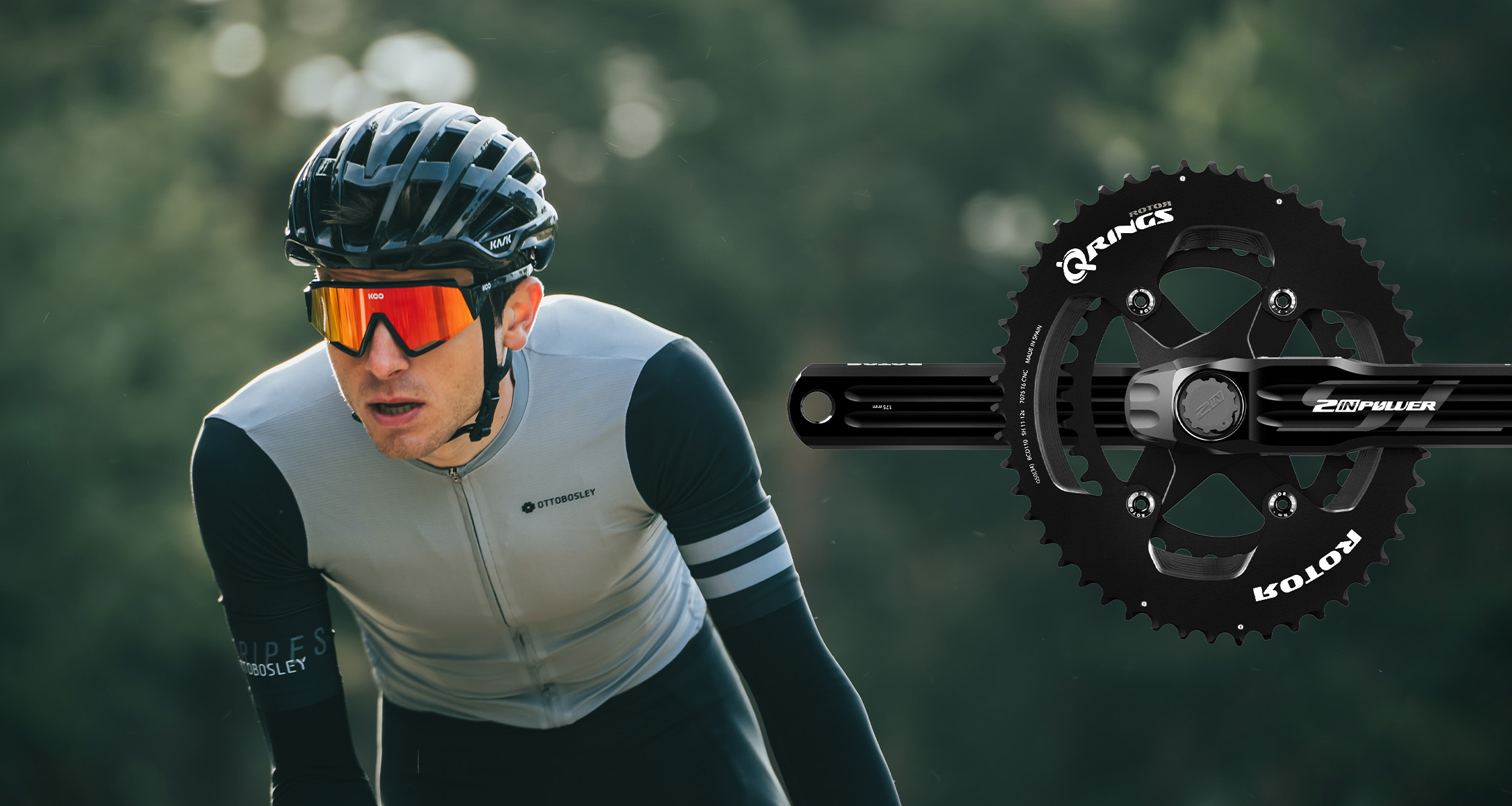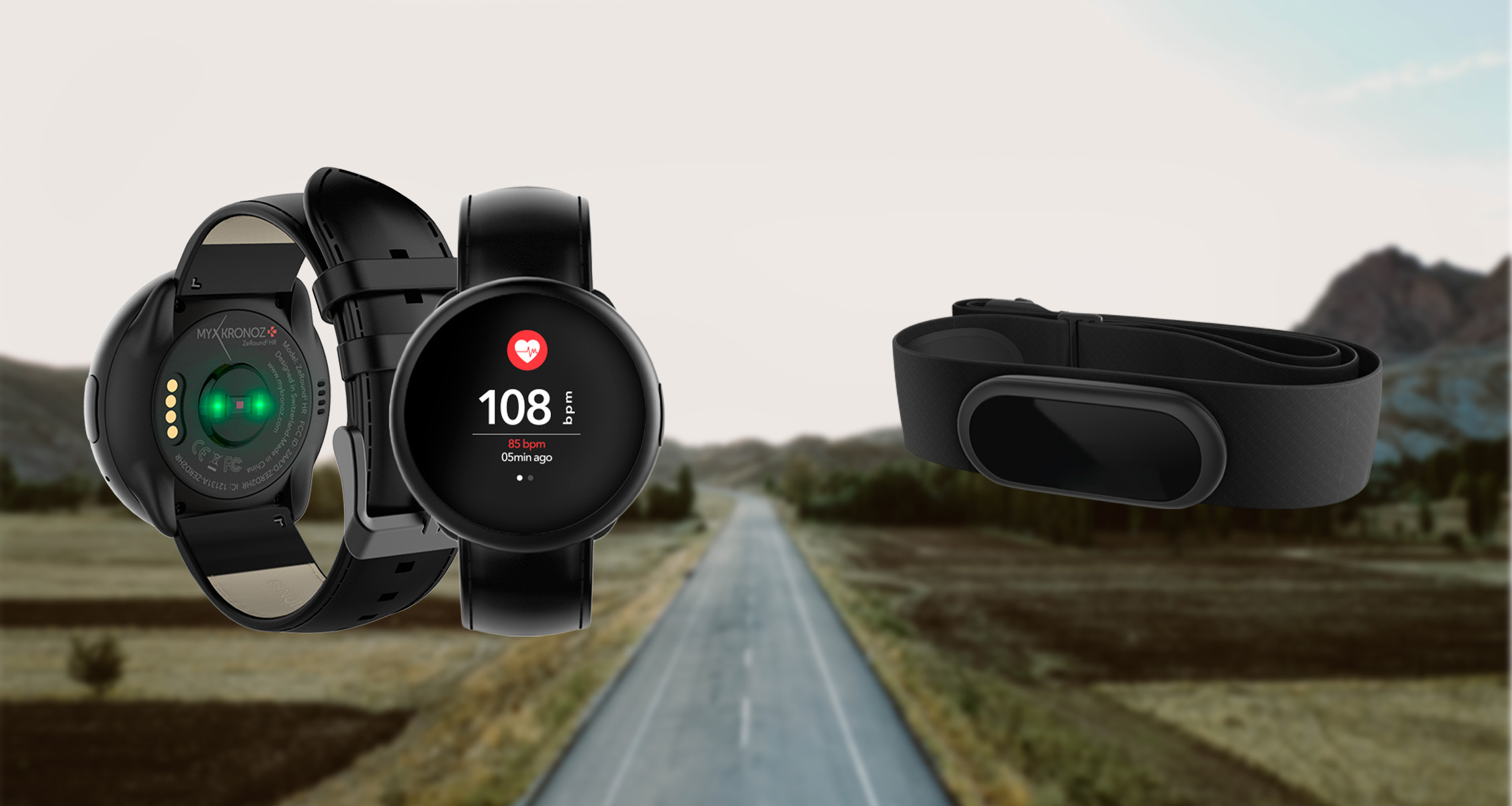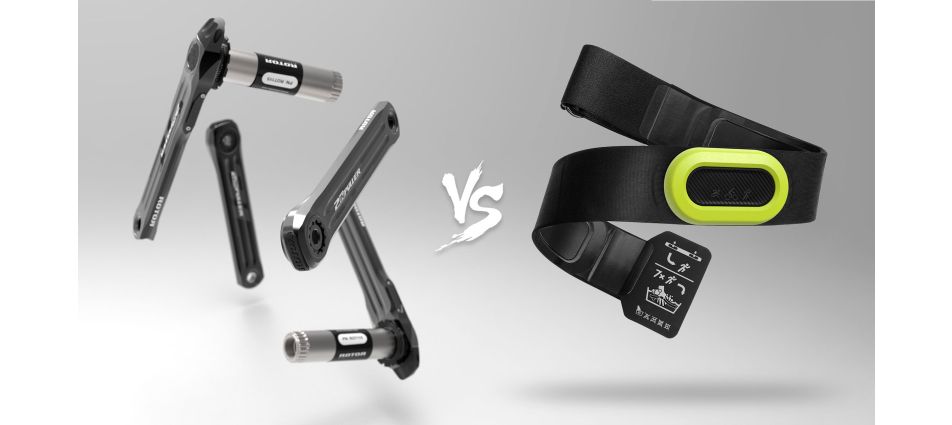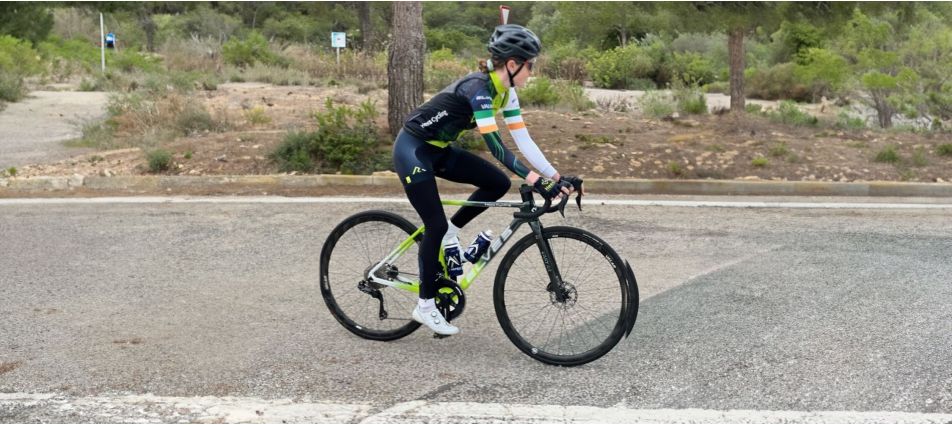How to Train with a Power Meter vs Heart Rate
In the dynamic world of cycling, gauging your performance isn't a one-size-fits-all endeavor. Power meters, heart rate monitors, and the art of perceived exertion each play a unique role. Let's explore their strengths and weaknesses, paving your path to pedal-powered excellence.
Should You Use A Power Meter To Track Your Rides?
Power meters are the quintessential training companion and are the best way to capture data while cycling. But there are a few things you need to understand before you fit one to your bike.
A great example is the ROTOR INspider power meter. This device offers cyclists a host of advantages. It measures the power of both legs combined, accurately capturing data from the left and right crank arms for more precise readings.


Advantages of using a Power Meter
You Acquire Precise Data
Power meters deliver precision, quantifying your power output with unwavering accuracy.
You Can Ensure Consistency In Your Training
No matter your circumstances, power meters offer steadfast measurements unaffected by external variables. Therefore, your data is still reliable, whether you're pedaling up a mountain, into a headwind, or just feeling tired.
Objective Data For Reaching Your Goals
One of the most important things about training is to not overdo it. Overtraining can lead to injury and illness, but using a power meter allows you to monitor your efforts to avoid it. Power metrics reveal when you're pushing too hard, ensuring optimal recovery for peak performance.
Take Full Advantage Of Power Zone Training
With a power meter, you will soon learn the benefits of power zone training. Working within certain power zones allows you or a trainer to tailor your workouts to optimize your training routine. The result is more targeted training sessions for a more strategic approach to your fitness goals
Track Your Progress
With a power meter, progress tracking is no longer a guessing game. It will allow you to track your performance over time, celebrating your gains and pinpointing areas that need a little more focus.
Real-time Feedback
Real-time data guides you during rides. Adjust your effort mid-ride to hit target power levels, fostering adaptive training and on-the-fly optimization. You can also adjust for imbalances if you opt for a quality power meter that monitors the power in both legs, such as the 2INpower SL.
Predict Your Performance
Power data forecasts your potential. Improved power-to-heart rate ratios indicate fitness gains, giving you a glimpse into how well you're improving. On top of this, you can use your power meter to create a race day strategy. For example, you'll know when to surge, sustain, or recover based on real-time power metrics, boosting your competitive edge.
Use A Power Meter For Motivation
Using a power meter to set data-driven milestones is an excellent motivator. It is incredibly rewarding to witness your power output rise and notice that once-daunting climbs become more manageable.
Related products:
Disadvantages of using a Power Meter
Power Meters Are Not Cheap
Buying a power meter is a considerable investment. But if you're willing to pay, you will unlock your potential on the bike.
Power Meters Don't Give You The Complete Picture
While the data gleaned from a power meter is incredibly advantageous, they are best teamed up with a heart rate monitor. Doing so fills in the gap in data, as you can keep tabs on your body's internal responses like heart rate and perceived exertion.
Tracking Your Rides With A Heart Rate Monitor
Heart rate monitors are one of the most popular ways to track fitness. You can strap one to your body for ultimate accuracy or use one built into a smartwatch. But let's look at the characteristics of using a heart rate monitor for tracking cycling fitness.


Advantages of using a Heart Rate Monitor
Heart Rate Monitors Are Inexpensive
Heart rate monitors are an economical way to track your performance.
Heart Rate Monitors Are Versatile
Most people do more than cycle for fitness. Therefore, you can use a heart rate monitor for other activities that a power meter would not work or be suitable for.
Disadvantages of using a Heart Rate Monitor
There Can Be A Delay
Heart rate lags behind effort changes, hampering real-time performance assessments. This lag is minimal, but it is worth being aware of.
Heart Rate Monitors Are Vulnerable To External Interference
Every ride is different, and the way we feel affects our performance data from a heart rate monitor. For example, your heart rate can be affected if you've had an extra cup of coffee that morning, are stressed, or are riding in bad weather.
Should You Track Perceived Exertion While Using A Power Meter?
Perceived exertion takes into account your body, mind, and environment, determining how you feel when exercising.
Perceived exertion is a gut-feeling gauge that bridges the gap between hard data and personal experience. It's the part of you that acknowledges a brisk tailwind lifting your spirits on a climb or the fatigue that creeps in on a hot summer afternoon.
As a cyclist, mastering the language of perceived exertion means understanding your body and attuning to the stories your effort is telling you. So, let's look at the pros and cons of keeping tabs on your perceived exertion.


Advantages of Perceived Exertion
It cost Nothing
Perceived exertion is free, making it accessible to all, irrespective of budget.
Holistic Insight
Tracking your perceived exertion encompasses the physical, mental, and environmental, a full-spectrum assessment tool.
Disadvantages of Perceived Exertion
Inconsistent
Your perceived exertion is influenced by myriad factors, making it inconsistent without additional tangible data.
Perceived Exertion Doesn't Give You The Complete Picture
It doesn't delve into physiological specifics as heart rate or power data do.
Using Power, Heart Rate, and Perceived Exertion To Track Your Fitness
Power, heart rate, and perceived exertion complement each other. Together, they give you comprehensive information to fill in the gaps in your data. Therefore, you can pinpoint the areas you need to focus on more accurately.
As you mature as a cyclist, your adeptness at combining these metrics grows. Matching perceived exertion to heart rate and power figures becomes a nuanced art, yet none of these metrics diminish in importance.
Final Thoughts On Data-based Training
Remember, your journey is unique. As you pedal forward, crafting a personalized blend of power, heart rate, and perceived exertion will be your compass. The more you ride, the more you'll fine-tune this ensemble to steer towards success.
If you like the idea of gleaning accurate cycling data, why not check out the power meters in the ROTOR Website?
Happy Riding #ROTORian




